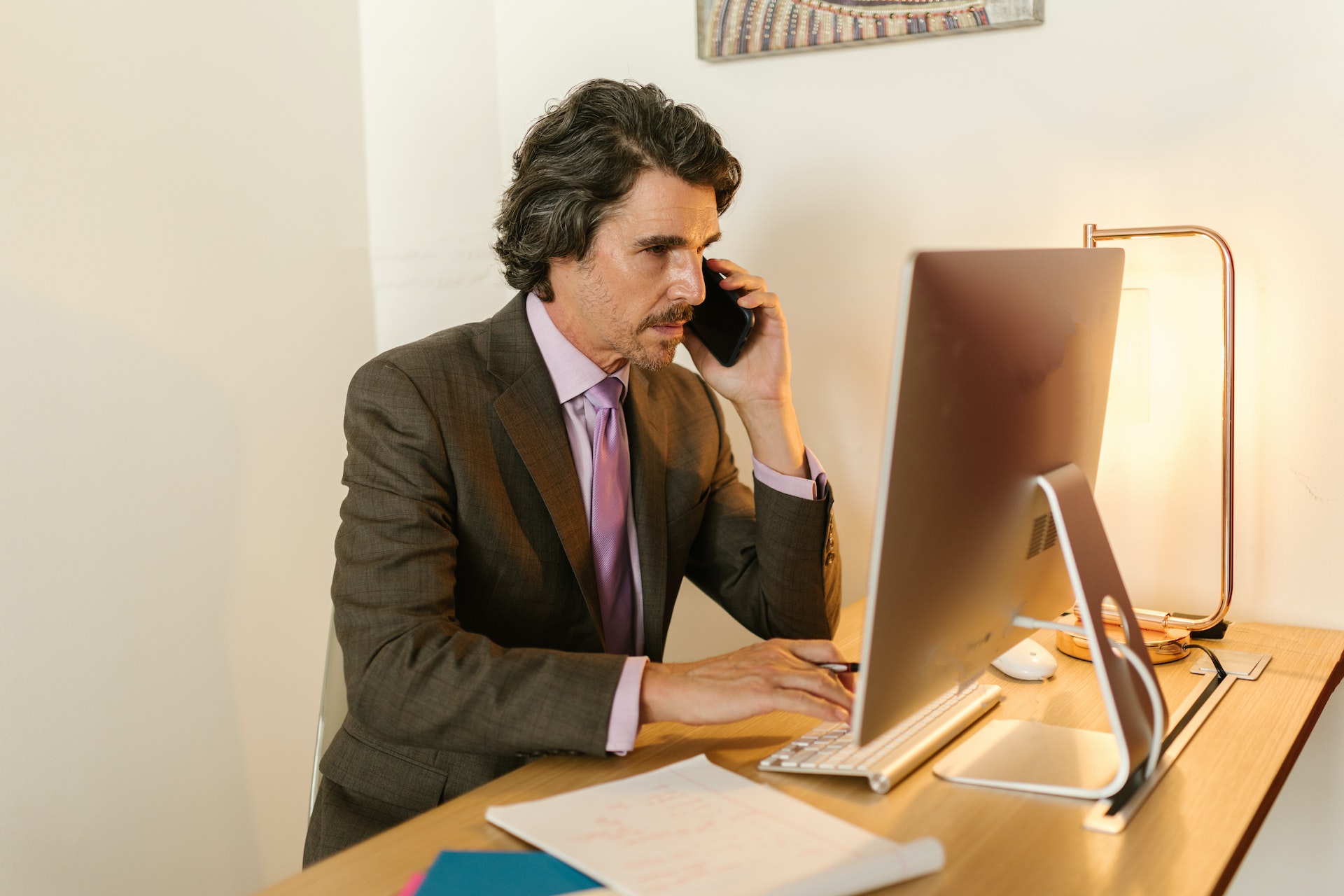How Does Age Affect Multitasking Ability? You’ll learn it doesn’t work!

The ability of humans to multitask is largely a myth. Neuroscience tells us that our ability to multitask is virtually non-existent.
The term multitask came from the computer world. It’s what a computer does well with multiple processors moving quickly back and forth across functions at great speed. Still, the individual functions are being done linearly.
We can’t truly multitask since we only have one processor. We can’t do it. Yes, we can chew gum and walk but those are autonomous functions we’ve done so often that the brain doesn’t have to think about doing them.
Trying to do two non-autonomous functions at once doesn’t work. To sit at your desk trying to do multiple things is a waste of time. People who claim to be multitaskers may have the ability to jump from one task to another and back without losing track, but it takes a lot of effort, wastes a lot of time, and sacrifices productivity.
In his best-selling book “The One Thing”, author and entrepreneur Gary Keller points out that:
“- multitasking is a lie” and that “the truth is multitasking is neither efficient nor effective. In the world of results, it will fail you every time.”
Or, as author Steve Uzzell states:
“Multitasking is merely the opportunity to screw up more than one thing at a time..”
So, if we accept that we can’t truly multitask, then it would seem to come down to the question of whether or not age affects our ability to move from one task to the next efficiently and not lose track of where we’ve been.
I accepted long ago that multitasking doesn’t work. At 80, I will attest to some deterioration in my ability to not lose track when I have multiple projects cooking.
Since I’m not retired, by choice, and choose to continue to work at what I love to do, I’ve had to rely more on calendars and other tools to avoid losing track and rely less on my mind to keep track of everything.
I’ve also improved at prioritizing and narrowing down the things that need attention.
I think some deterioration in areas like this should be expected. Staying mentally active can help slow that deterioration.
Mobile Meditation
There is one autonomous multitasking activity that works for me.
Walking and thinking.
Yes, I can still move my feet and legs without thinking about it – for that, I’m grateful.
I rarely miss a day without a walk of 20-30 minutes. Lately, I’ve been using that time as a form of meditation, letting my subconscious work on whatever problem or challenge is at hand.
I’ve tried the immobile version of meditation. The mobile version works better for me. It gets my heart rate up so it’s kinda like an autonomous twofer, I guess.
The Deep Work Solution
If you are mildly ADHD, as I am, trying to multitask is the devil incarnate. Not a lot gets done on a long list of things if I allow myself to get into that trap.
I’ve benefitted greatly from the work that Georgetown University professor and author, Cal Newport, has done in researching and publishing his best-selling book “Deep Work: Rules for Focused Success In a Distracted World.”
Deep work isn’t easy, even for someone without the “shiny object syndrome” that I suffer from. But it works.
Heads down, uninterrupted, undistracted focus on “one thing” for 1–2 hours, as proposed by Newport, takes you out of multitasking mode and can prove to be incredibly productive.
When you read about people who seem to achieve staggering amounts of production in the same 168 hours that we all have, you can rest assured that they are not multi-tasking but more likely doing two things: (1) time-blocked deep work and (2) prioritizing and delegating where possible.
Neither of those capabilities needs to give way to aging.
What’s your opinion on multitasking? What works for you to improve your use of time. Share your thoughts with a comment below. And thanks for reading. If you haven’t joined our mailing to receive our weekly articles, trip on over the www.makeagingwork.com and join the tribe.





Multitasking in my opinion is switching between multiple autonomous functions seamlessly. I don’t want to create a controversy here but women are experts in multitasking. Think about your mother and how she was able to jump between multiple tasks in the kitchen seamlessly.